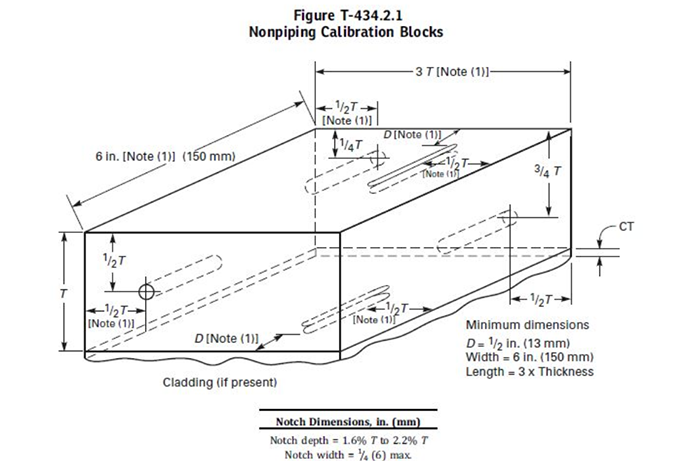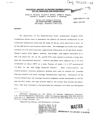

Here is a menu to help you navigate this guide: It falls into the non-destructive testing category of inspection methods, because inspectors can use it without permanently altering or damaging the object they’re inspecting.

In this guide, we will use the terms dye penetrant and liquid dye penetrant interchangeably, following the alternate terms listed above.ĭye penetrant is one of the most commonly used inspection methods. If you land in the white, you can use the wedge flat.Dye penetrant is a dye used by inspectors in dye penetrant inspections, an inspection method in which inspectors apply a dye or liquid to a surface to identify defects in it.ĭye penetrant is also commonly called liquid penetrant or liquid dye penetrant.Īlso, dye penetrant testing is also commonly called dye penetrant inspection (DPI), liquid penetrant inspection (LPI), liquid dye penetrant testing, liquid dye penetrant inspection, liquid penetrant testing (LPT), or simply penetrant testing (PT). If you land in the grey, you need to contour.

If your wedge is chamfered, be sure to use the footprint dimension (flat part on the bottom, not counting the chamfers).Ģ) Find your pipe diameter at the top, then follow it down and match up with your wedge. If you’re scanning circumferentially, look on the right side and find your wedge length. If you’re scanning a circumferential weld, start on the left side of the table and find your wedge width.

Here you go, just follow these two steps:ġ) Find your wedge dimension (some common Olympus wedges are already waiting for you). Note: A contoured wedge might be suitable for a smaller pipe than what it matches but can never be used on a larger pipe because of the potential gap at the sound entry point. There can be only an increase in contour diameter, so the wedge must be contoured greater than or equal to the pipe OD (6-5/8 in.), but less than 8-5/8 in. OD pipe, we land on the 2nd row in the table.


 0 kommentar(er)
0 kommentar(er)
